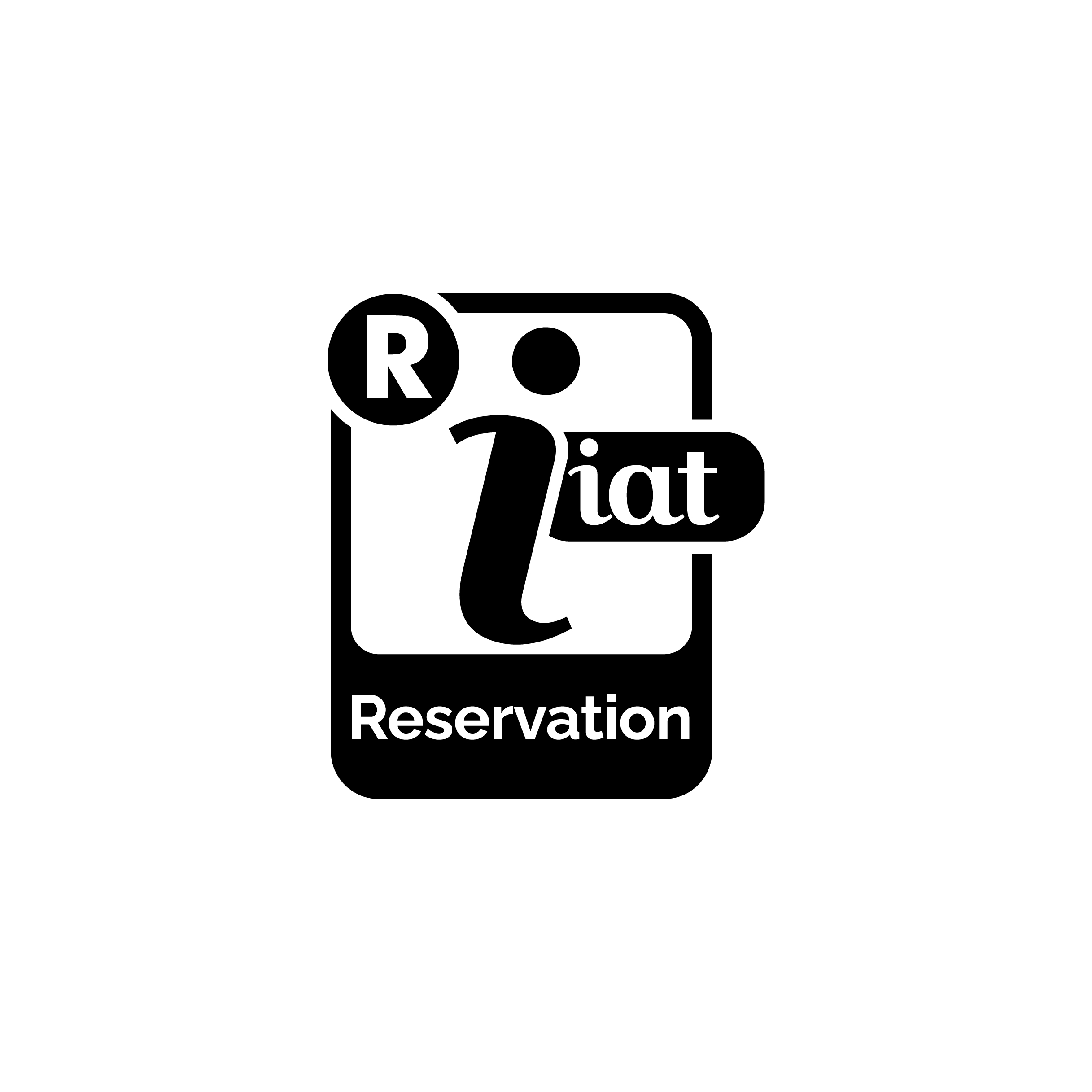Historical Museum of Parmigiano Reggiano and peasant civilization of the Val d'Enza
Address and contacts
Via Copellini, 13 - Locality Villa Aiola, 42027 Montecchio Emilia 0039 0522 871271 - "La Barchessa" Association
+39 3351007798 - President and museum guide Giuliano Lusetti
ass.labarchessa@libero.it
museodelparmigianoreggiano@gmail.com
Museo del Parmigiano Reggiano
Opening times
Possibility of tours upon reservation. ![]() Book now
Book now
Once the data form has been filled out and sent, you will receive an email in the following days with a response acknowledging your visit and confirming or canceling the visit (due to reduced availability on the requested days). In case of a refusal of the museum visit request, it is possible to send another request form (changing the previously requested day).
Entrance fees
Free offer
How to get there
Montecchio Emilia
By car
From Reggio Emilia take the Provincial road to Montecchio.
By train
From the train station of Reggio Emilia, TPER train Reggio-Ciano d'Enza up to Barco then bus No. 94
By bus
From Piazzale Europa bus No. 94
Historical notes
Near the museum, you can visit two historic dairies used for cheese production. One dates back to the 18th century and has an open-wood fire; the other is more recent and is operated by steam.
In the context of an original farmhouse, where the testimonies of the life of a peasant patriarchal family of the time reconstruct the authentic rural environments from the kitchen to the bedroom, the stable, the barn, the cheese processing rooms and the cellars create an evocative outline of the ethnological museum that we wanted to set up to exhibit all those objects that are part of the peasant tradition of our lands: a tradition now almost lost but still visible in the ancient artifacts, in the agricultural tools used until the 1950s in the the Reggio countryside.
To complete the educational-museum itinerary, it is possible to admire the old toll booth, still perfectly preserved, and the display of the wagons, which collects a collection of almost 40 pieces including gigs, carriages and finely inlaid agricultural wagons, used between the end 800 and half of the '900 for the work in the fields and for the social life of the countryside.






